 Last week I attended an astute networking event for social media professionals. I returned home with smile and simper both as a result of assorted reactions (Ah! I am sorry to disappoint you; I am not talking about mixed vinos).
Last week I attended an astute networking event for social media professionals. I returned home with smile and simper both as a result of assorted reactions (Ah! I am sorry to disappoint you; I am not talking about mixed vinos).
It was great to observe the rising interest in social media by all. There were some humour doses too. I did keep a straight face but inside me there was a big chuckle when one of the “Social Media Professional” repeated my question “Do we have a social media strategy. “Of course we do! To get as many Facebook likes as humanly possible!”
Social media has been the next big thing for several years. And now many brands are increasingly tossing lots and lots of money at it because it’s become quite popular.
Social media has been the next big thing for several years. And now many brands are increasingly tossing lots and lots of money at it because it’s become quite popular.
Social media has been the next big thing for several years. And now many brands are increasingly tossing lots and lots of money at it because it’s become quite popular.
In many ways, social media has become the latest status symbol for brands. Seemingly obsessed with their mission to achieve social media success, brands continually try to outdo their competitors and maintain their social media “star” position.
Ignorance Drives Panic and Desperation
This mentality forces brands to throw everything at social media while completely bypassing strategy.
Why is this happening? It might simply be ignorance. Many brands do not really understand social media. And because they are so busy trying to achieve social media fame, they really don’t have time to step back and learn about its true power.
Their lack of understanding often produces an underlying fear that leads to desperation. All they know is that the competition is doing it, so they damn well better do it too. More often than not, their pursuit is fueled by some executive rant: “ABC Company has 10, 000 Twitter followers and we only have 3000! This is unacceptable!!!” This mentality forces brands to throw everything at social media while completely sidestepping the strategy.
It also creates unnecessary and unhealthy pressures. In their quest to achieve social media fame, brands tend to latch-on to certain success metrics, such as Facebook likes or Twitter followers. Some even use these metrics to assess the individual performance of brand managers, and require them to achieve some arbitrary number.
Understandably, those interested in job security often interpret the KPI as “You need to acquire 100,000 Facebook likes this year, or you’re fired!” How exactly is a brand manager supposed to get 100,000 likes? Are there really that many people excited about the kitchen liquids or toiletries? May be no but management decides to ignore such common facts.
Consequently, brands have to reach as broadly as possible in order to hit those numbers. Instead of defining a strategy to reach their target demographic, most resort to running Facebook Ads or giveaways. In other words, they basically ‘cheese the mouse’.
Point Missed!
Brands are missing the main point, they do not realise that this approach isn’t going to build a very loyal following. In fact, when your social media audience is full of people who don’t actually care about your brand, they’ll easily get annoyed when you post an update, and quickly repel.
Seemingly, brands are spending a tremendous amount of time and money to build a massive audience, but avoid communicating with it for fear of losing it.
Aiming for ROI on Social Media is the key
If you want your social media efforts to pay off, you need to realise that it is an Important marketing channel, not an Impotent one.
If you are feeling above approach at home with, you need to take a step back and ask yourself WHY you want these likes or followers in the first place. Besides gaining more than your competitors, what’s your objective? If you don’t know, that’s a sign for you to step back and THINK! You should have a clear answer, just as you would for any other media channel.
For example, you wouldn’t advertise during the Wimbledon season just because the number of viewers is huge. You’d be looking to get a return on your big investment. To do so, you’d still need to have a message and a clear objective. That’s where real strategy comes into play, and where many social media experts are making the most common mistake.
If you want your social media efforts to pay off, you need to realise that it is a marketing channel, not just a shiny new toy. Given that, it should be held to the same standards as other media channels. That means it’s time to have an actual marketing strategy for your social media channel, and think about how it fits into your buying pipeline.
How to Build Your Social Media Strategy?
An effective strategy is defined by clear objectives and quantifiable goals. Below are key objectives you can use to help support your social media strategy:
To create brand awareness
If you want to create awareness, social media can definitely help. However, it can be tricky in this realm as it usually means to meddlesome and putting yourself where you aren’t wanted. Typically, it is achieved with the various promoted options available on social media platforms, such as Sponsored Stories or Promoted Facebook updates and Promoted Tweets.
Other non-paid tactics for generating awareness via social media include commanding trending topics. Or joining a relevant group, like LinkedIn groups or Google communities, and becoming a valuable member.
While the effectiveness of these tactics varies, you can improve their chance of success by putting some strategic thought into them. Who are you targeting with your social advertising? If you’re running a social media based contest, is it going to draw the right zooming glasses for your brand? Does your tweet on a trending topic add to the conversation?
To create brand trust
Social media has some serious power in the deliberation step of the conversion funnel because it can help you build social trust in a variety of ways.
While people don’t usually decide which brand to purchase based on who has the most Facebook likes or Twitter followers, your Twitter / Facebook presence could help them make a decision. For example, it influences me when I make hotel reservations. I know that hotels with an active customer service presence on Twitter will be much easier to deal with should anything go wrong.
Brand trust is also achieved via online reviews as many people ask their family and friends for suggestions before making a purchase decision. We even aspect strangers’ opinions! Such reviews can be extremely helpful to people in the research phase. Given that, attempt to use social media to help get reviews and word-of-mouth, and position your brand in the best possible manner.
You can also build social trust by using your social media profiles to showcase product features that put you ahead of your competitors. For example, Samsung Mobile uses their Facebook photos to highlight many of its phones’ features. While these mostly go to current fans of Samsung, it still provides powerful visuals for someone researching the brand. And social activity on these photos could expand their reach far beyond Samsung’s audience.
![Samsung]](https://diptibhatia.wordpress.com/wp-content/uploads/2013/07/samsung1.jpg?w=459&h=280)
Pulling in the social trust factor is important. Be sure to put a Like Button on your homepage (or every page) that displays a user’s friends who already like the brand. Use social media plug-ins to enhance the consideration power of your website and product pages.

To create Conversions
If you also believe that Social Media can’t covert, I am here to convert you. You can use social media to convert. Here’s a simple example of exactly how:
I saw this tweet from @StarbucksUK: “Your receipt, our treat. Save your morning receipt and get an afternoon drink for £2

So, I literally scanned my bag for the morning receipt and left the office and walked over a block to grab one. (It was hot out, and the drink was cheap!) Clearly, Starbuck’s social media effort drove that conversion.
Sure, it can be difficult to tie the social media effort to the conversion, but it’s not impossible. One way to do so is to plan to use special codes or printable (or smartphone) coupons in your social media promotions. Even a simple “mention Facebook and get X% off” initiative can be tracked at the register.
You can also drive conversions through social media by monitoring the conversations online. For instance, people love to complain about all kinds of personal problems on Twitter, and it could stimulus ideas for new marketing research and efforts.
As you listen to the conversation, keep in mind that your product solves a problem. For example, let’s say you sell candles. You can do a Twitter search for “need attractive candles” in London. Now you just tweet your store’s address at these people, and maybe offer them a small discount or share some pictures of your special candles. They need attractive candles. You sell attractive candles. No need to go door-to-door. Instead, just monitor Twitter to boost conversion.
And speaking of Twitter, these new Lead Generation Cards could be a revolution for social media conversions.
To convert Trust into Loyalty
To truly nurture loyalty with social media, go for creating eloquent engagement points and provide ongoing service to users.
This goal is best and favourite of all social media experts because it’s a wholesome for pretty much everything they do. It can also help them mask the fact they have no real strategy.
From their perspective, every retweet, like, mention, follow – or whatever — counts as loyalty! It doesn’t matter the context. It doesn’t matter what comes of it, or what the message was. Their claim is that this was a brand engagement, and therefore, the customer has loyalty to the brand now!
But do they really? If you tweet an ice cream flavour and I retweet it that just means I’m loyal to the ice cream or that flavour. Your brand may not even be on my mind at all.
To truly foster loyalty with social media, strive to create meaningful engagement points and provide ongoing service to users. For instance, a smart phone company could let people sign-up for important application or phone updates reminder tweets, or a food company could send out free samples of new products to its Facebook fans.
To create your customers as your brand ambassadors
Considered the whole platter of social media, advocacy can really help you multiply the return on your investments. It takes all of the above to a new audience and leads to word-of-mouth, online and offline.
Considering that, you should make achieving advocacy a core component in your social media strategy. Keep asking yourself: How can I boost advocacy? How can I make it easy for users to be my brand ambassadors? How can I provide a service that is so good that people will want to talk about it? This mindset will help guide you.
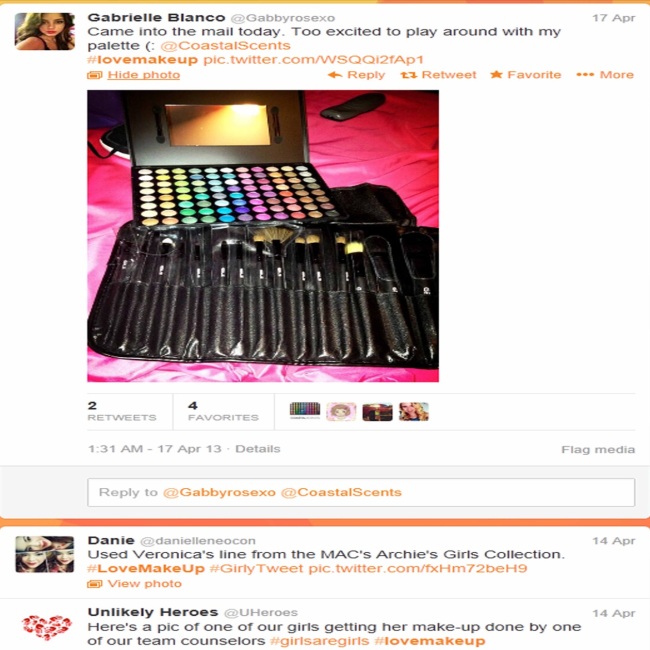
You can use some of these to achieve advocacy with social media?
- Give them what they want: Creating valuable and easily sharable content can boost advocacy. This can be achieved in various ways, such as simply posting product feature photos on your Facebook page or a user’s guide video on YouTube.
- Keep it relevant: Your engagement points should be relevant and add value.
- Demonstrate that you care: Having a reactive customer service presence in social media can add a human element to your brand, build trust, and improve the customer satisfaction.
- Be princely: Rewarding people with some social media acknowledgement can make them feel valued, and in turn, increase advocacy. Give users positive feedback when they actually do what you want them to, and you’ll condition them to do it more often. For instance, I love doing the community work – from a variety of NGOs — but I tend to tweet about Sparks Charity more often because they’ll respond.
Social Meeting Mantra: Keep it easy but with a serious mind!
You need to decide and act accordingly. What’s more important to you? Using social media to accumulate more likes than your competitors? Or actually making social media pay off? It’s time to stop wasting money on meaningless likes, and start getting serious with social media. That means having an actual marketing strategy. Only then will you be able to effectively use social media to achieve business objectives. Otherwise, it’s quite simple to prove it a big money and time waster.
 telephones to denote “number”.
telephones to denote “number”.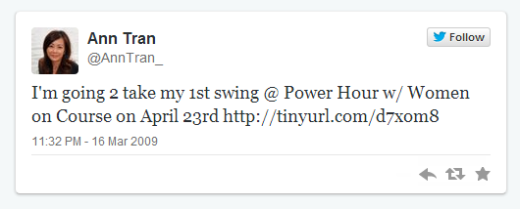




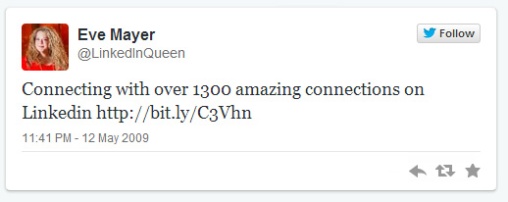
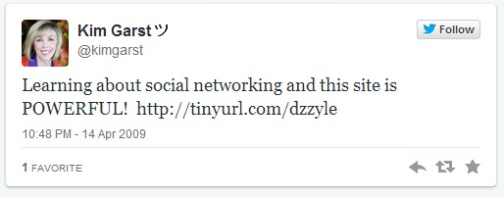


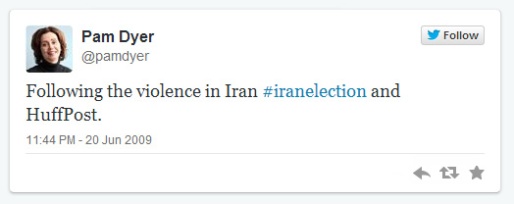
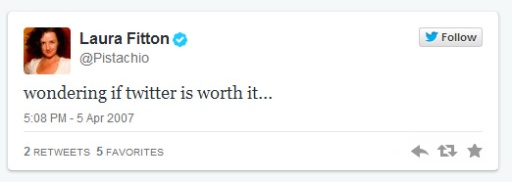


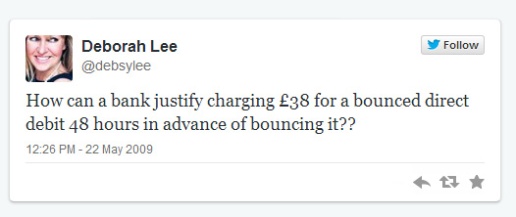
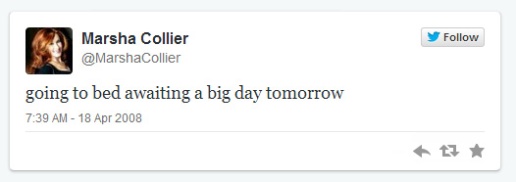
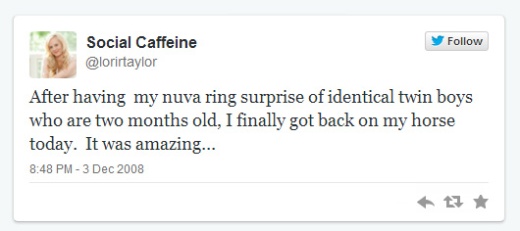
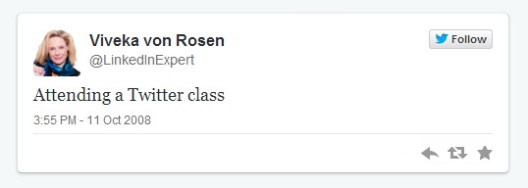
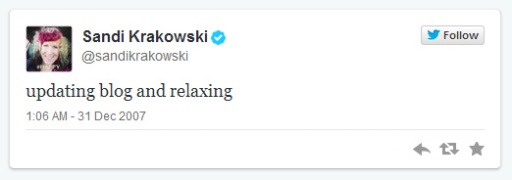
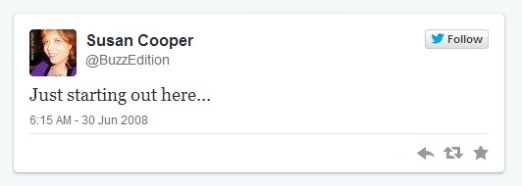


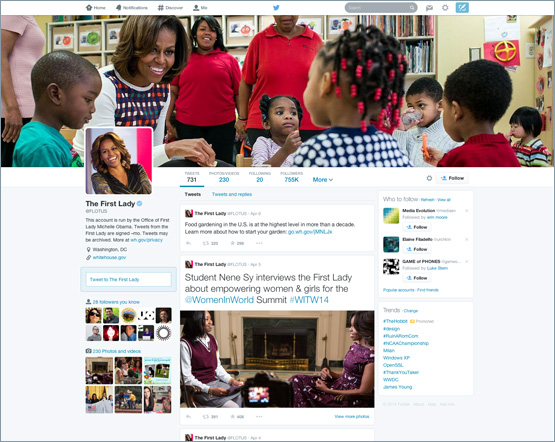




 Resolutions fail because they are vague, they can be easily achieved if we pin down the actions rather than the goal itself. Most common and apt business resolution is to optimise the Twitter Profile this year, and here’s my new year gift to you all. An action packed list to help you achieve this goal:
Resolutions fail because they are vague, they can be easily achieved if we pin down the actions rather than the goal itself. Most common and apt business resolution is to optimise the Twitter Profile this year, and here’s my new year gift to you all. An action packed list to help you achieve this goal:
 Are we still social in the right way? Is it a possibility that we are becoming less social with the excessive use of Social Networking platforms? It appears that ironically social networking means are making us ‘Less Social’?
Are we still social in the right way? Is it a possibility that we are becoming less social with the excessive use of Social Networking platforms? It appears that ironically social networking means are making us ‘Less Social’?

 media sites, Skype and Paypal.
media sites, Skype and Paypal.

 worthwhile with your “big strength” they are nothing but just the false weights and you’re just spending a lot of energy to just ‘look’ good. The key is to ‘feel’ good and not just ‘look’ good. (Ah! It’s evident that girl is struggling to give in to some vino and Macaroons. Of course, it is. What on the earth ‘feel’ ‘look’ good jazz has to do with the Community Building!)
worthwhile with your “big strength” they are nothing but just the false weights and you’re just spending a lot of energy to just ‘look’ good. The key is to ‘feel’ good and not just ‘look’ good. (Ah! It’s evident that girl is struggling to give in to some vino and Macaroons. Of course, it is. What on the earth ‘feel’ ‘look’ good jazz has to do with the Community Building!) Last week I attended an astute networking event for social media professionals. I returned home with smile and simper both as a result of assorted reactions (Ah! I am sorry to disappoint you; I am not talking about mixed vinos).
Last week I attended an astute networking event for social media professionals. I returned home with smile and simper both as a result of assorted reactions (Ah! I am sorry to disappoint you; I am not talking about mixed vinos).![Samsung]](https://diptibhatia.wordpress.com/wp-content/uploads/2013/07/samsung1.jpg?w=459&h=280)




 What’s your Twitter strategy?
What’s your Twitter strategy?